Home>Articles>How Long Can You Leave An Electric Fireplace On
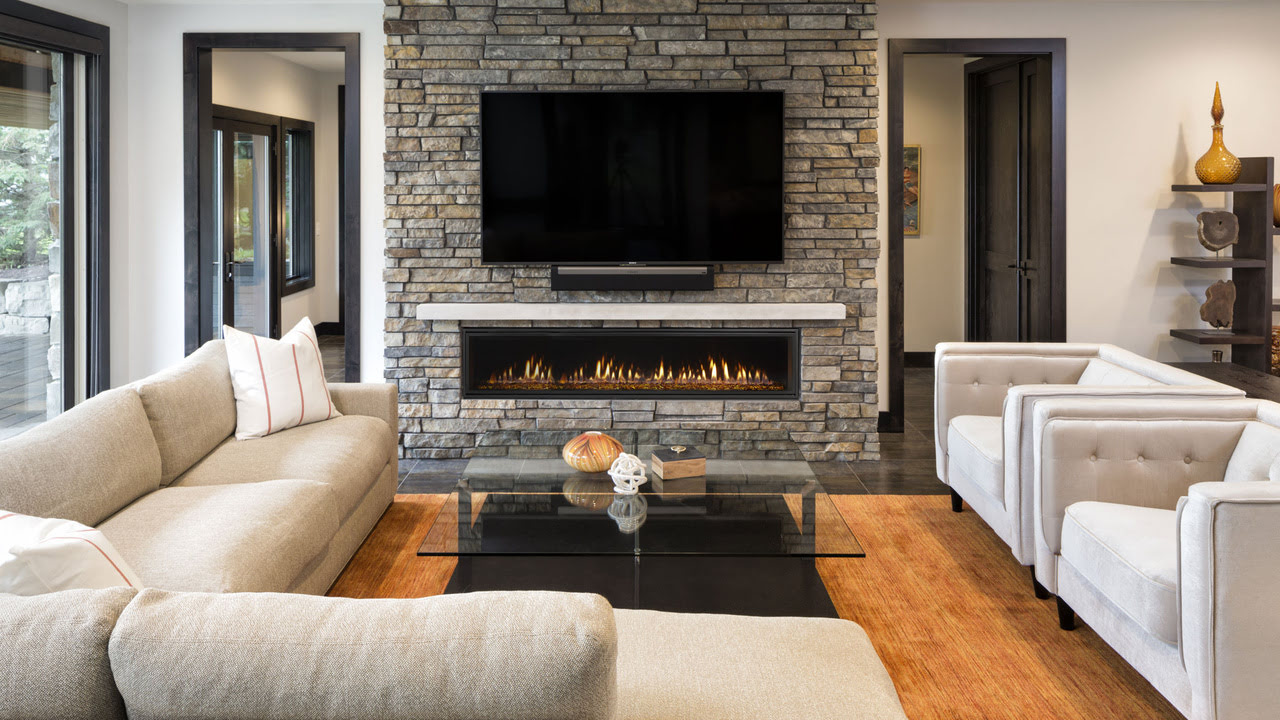

Articles
How Long Can You Leave An Electric Fireplace On
Modified: January 18, 2024
Discover how long you can safely leave an electric fireplace on and other insightful articles on the topic.
(Many of the links in this article redirect to a specific reviewed product. Your purchase of these products through affiliate links helps to generate commission for Storables.com, at no extra cost. Learn more)
Introduction
Electric fireplaces have become increasingly popular in recent years, serving as a convenient and eco-friendly alternative to traditional wood-burning fireplaces. They offer the warmth and coziness of a real fire without the hassle of dealing with logs, ashes, or chimney maintenance. One common question that arises among electric fireplace owners is how long they can safely leave their fireplace on.
In this article, we will explore the factors that determine the ideal duration for leaving an electric fireplace on and provide essential safety precautions to follow. Whether you love the ambiance of a flickering flame or want to keep your home warm during the chilly winter months, understanding how long you can leave an electric fireplace on will ensure a safe and enjoyable experience.
Key Takeaways:
- Enjoy the convenience and safety of electric fireplaces by following manufacturer guidelines for intermittent usage, moderate heat settings, and energy conservation. Prioritize safety and maintenance to ensure a cozy and secure home environment.
- Be mindful of ventilation, energy consumption, and room size when determining the ideal duration for leaving an electric fireplace on. Follow safety precautions, watch for signs of malfunction, and prioritize safety and comfort for a delightful fireplace experience.
Understanding Electric Fireplaces
Before delving into the topic of how long you can leave an electric fireplace on, it’s important to have a basic understanding of how these appliances work. Unlike wood-burning fireplaces that require actual fire and fuel, electric fireplaces operate using electricity to generate heat and create the illusion of a real fire.
Electric fireplaces typically consist of a heating element that produces warmth, a fan that distributes the heat, and LED lights that simulate the appearance of burning logs or flames. Some models even come with additional features such as adjustable flame intensity, thermostat controls, and remote operation for added convenience.
These fireplaces offer various advantages over traditional fireplaces, making them a popular choice for homeowners. They are energy-efficient since they convert almost all the electricity they use into heat, unlike wood-burning fireplaces that lose a significant amount of heat through the chimney. Electric fireplaces are also easier to install since they don’t require extensive construction or venting systems.
Furthermore, electric fireplaces are versatile, as they can be used in any room of the house without the need for a chimney or ventilation. They are also safe to touch, as the heat is generated internally and does not radiate to the external surface, making them ideal for households with children or pets.
Overall, electric fireplaces provide an aesthetically pleasing and convenient alternative to traditional fireplaces, offering the ambiance and warmth of a real fire with the added benefits of energy efficiency and safety.
Benefits of Using an Electric Fireplace
There are numerous advantages to incorporating an electric fireplace into your home decor. Let’s explore some of the key benefits:
- Convenience: One of the major advantages of electric fireplaces is their convenience. Unlike wood-burning fireplaces that require you to gather and store firewood, electric fireplaces operate with a simple switch or remote control. You can easily adjust the heat and flame settings to create the desired ambiance without the hassle of lighting and tending to a real fire.
- Energy Efficiency: Electric fireplaces are highly energy-efficient. They convert almost all the electricity they consume into heat, ensuring minimal waste. In contrast, traditional fireplaces lose a significant amount of heat through the chimney. This efficiency not only helps to reduce energy consumption but also leads to cost savings on your heating bills.
- Safety: Electric fireplaces are designed with safety in mind. They don’t produce real flames, eliminating the risk of sparks, embers, or flying debris. Additionally, many models come with safety features such as automatic shut-off timers, overheating protection, and cool-touch exteriors, making them safe to operate even when unattended or around children and pets.
- Versatility: Electric fireplaces can be installed in any room of your house, since they don’t require a chimney or venting system. Whether you want to add warmth and ambiance to your living room, bedroom, or even your office space, an electric fireplace offers the flexibility to do so. Some models even come as portable units that can be easily moved around.
- Low Maintenance: Unlike traditional fireplaces that produce ash and soot, electric fireplaces do not create any residue. This eliminates the need for regular cleaning and maintenance associated with wood-burning fireplaces. Simply wipe down the exterior and occasionally clean the LED lights, and your electric fireplace will remain in excellent condition.
By taking advantage of these benefits, you can enjoy the cozy ambiance and warmth of a fireplace without the hassle and maintenance associated with traditional options. Electric fireplaces offer a convenient, safe, and cost-effective way to enhance your home decor and create a comfortable environment for all to enjoy.
Factors to Consider Before Leaving an Electric Fireplace On
Leaving an electric fireplace on for an extended period requires careful consideration of several factors to ensure safety and energy efficiency. Here are some important factors to keep in mind before leaving your electric fireplace on:
- Ventilation: Although electric fireplaces do not emit harmful gases like traditional fireplaces, it’s essential to ensure proper ventilation in the room. Adequate airflow helps maintain a comfortable indoor environment and prevents excessive heat buildup. Avoid blocking vents or placing objects near the fireplace that could obstruct the circulation of air.
- Energy Consumption: Electric fireplaces consume electricity to produce heat and create the illusion of flames. While they are generally energy-efficient, it’s important to consider the impact of leaving the fireplace on for an extended period. Higher heat and flame settings consume more electricity, so it’s recommended to adjust the settings to a comfortable level to conserve energy.
- Temperature Control: Before leaving your electric fireplace unattended, ensure that it has a built-in thermostat or temperature control feature. This allows you to set a desired temperature and enables the fireplace to automatically adjust its operation to maintain the selected level of warmth. This helps prevent overheating and unnecessary energy consumption.
- Fireplace Location: The location of your electric fireplace is crucial for safety and efficiency. Ensure that it is placed on a stable and non-flammable surface, away from any combustible materials like drapes, furniture, or paper. Maintaining a safe distance from flammable objects reduces the risk of accidents and ensures effective heat distribution.
- Operating Time: It’s important to determine the appropriate operating time for your electric fireplace. Extended usage without breaks can put a strain on the internal components and increase the risk of overheating. Refer to the manufacturer’s guidelines for recommended operating durations, typically ranging from a few hours to several consecutive hours. Additionally, it’s advisable to give the fireplace a rest period to prevent excessive wear and tear.
By considering these factors, you can make informed decisions about leaving your electric fireplace on and ensure a safe and energy-efficient experience. Remember to prioritize safety, proper ventilation, and energy conservation when determining the duration for which you can safely leave your electric fireplace operating. Regular maintenance and adherence to the manufacturer’s instructions will also contribute to the longevity and performance of your appliance.
It is generally safe to leave an electric fireplace on for extended periods of time, but it is recommended to turn it off when not in use to conserve energy and prevent any potential hazards.
Safety Precautions for Using an Electric Fireplace
While electric fireplaces are generally safe to use, it’s important to follow safety precautions to prevent accidents and ensure a secure environment. Here are some essential safety tips to keep in mind when using an electric fireplace:
- Read the Manufacturer’s Instructions: Before using your electric fireplace, carefully read and understand the manufacturer’s instructions and safety guidelines. Familiarize yourself with the recommended usage, maintenance procedures, and any specific precautions to ensure safe operation.
- Keep Flammable Materials Away: To minimize the risk of fire, keep all flammable materials such as curtains, furniture, and papers at a safe distance from the electric fireplace. Maintaining a clear space around the fireplace helps prevent accidental contact with hot surfaces and reduces the risk of ignition.
- Never Leave Unattended: Avoid leaving your electric fireplace unattended for an extended period. It’s important to be present when the fireplace is operating to monitor any potential issues and ensure the safety of your home. Always turn off the unit when leaving the room or going to sleep.
- Use a Surge Protector: Plug your electric fireplace into a surge protector to protect against power surges and voltage fluctuations. This will help prevent damage to the fireplace’s electrical components and reduce the risk of electrical hazards.
- Check the Cord: Regularly inspect the power cord of your electric fireplace for any signs of damage or fraying. If you notice any issues, discontinue use and have the cord replaced by a professional to avoid electrical hazards.
- Avoid Overloading Circuits: Ensure that the electric fireplace is plugged into a dedicated electrical circuit to prevent overloading. Overloading a circuit can lead to tripped breakers, overheating, and potential fire hazards. If you are unsure about the electrical capacity of your home, consult a qualified electrician.
- Install Smoke and Carbon Monoxide Detectors: While electric fireplaces do not produce smoke or emit harmful gases, it’s still essential to have working smoke detectors and carbon monoxide detectors installed in your home. These detectors provide an additional layer of safety, alerting you to any potential issues and allowing for a quick response.
- Keep Children and Pets Supervised: Ensure that children and pets are supervised when near your electric fireplace. The realistic flame effects may attract their curiosity, so it’s important to educate them about the potential dangers and establish boundaries to prevent accidents.
By following these safety precautions, you can enjoy the warmth and ambiance of your electric fireplace with peace of mind. Remember, safety should always be a top priority when using any heating appliance, and regular maintenance and adherence to safety guidelines will ensure a secure and enjoyable experience.
Read more: How Long Can You Leave A Lamp On
Recommended Duration for Leaving an Electric Fireplace On
When it comes to leaving an electric fireplace on, it is advisable to follow the manufacturer’s guidelines and recommendations. While the duration can vary depending on the specific model and features of your fireplace, here are some general guidelines to consider:
- Intermittent Usage: Most electric fireplaces are designed for intermittent use rather than continuous operation. It is recommended to give your fireplace some rest time to prevent overheating and ensure its longevity. The ideal duration for intermittent usage can range from a few hours to several consecutive hours, depending on the specific model and manufacturer’s instructions.
- Moderate Heat and Flame Settings: To maintain energy efficiency, it is advisable to operate your electric fireplace at moderate heat and flame settings. High heat and flame settings consume more electricity and may lead to increased wear and tear on the internal components. Adjust the settings to a comfortable level that provides the desired warmth and ambiance without exerting excessive strain on the fireplace.
- Consider Energy Consumption: Leaving your electric fireplace on for long periods can result in increased energy consumption. If you are concerned about energy usage, it’s recommended to limit the duration of operation and adjust the settings accordingly. You can also consider using a programmable thermostat or timer to automatically turn off the fireplace after a specified period of time.
- Room Size and Ventilation: The size of the room and its ventilation play a role in determining the duration you can leave an electric fireplace on. Larger rooms may require longer operation to effectively heat the space, while smaller rooms may reach the desired temperature more quickly. Ensure proper airflow and avoid blocking vents to maintain a comfortable indoor environment.
- Personal Comfort and Preference: Ultimately, the recommended duration for leaving an electric fireplace on depends on personal comfort and preference. Some individuals may prefer the ambiance of a flickering fire for extended periods, while others may only use the fireplace for shorter intervals. Listen to your comfort levels and adjust the operation time accordingly.
It’s important to remember that electric fireplaces are designed for safe and convenient usage. However, continuously leaving the fireplace on for extended periods, especially when unattended, can increase the risk of overheating and pose a potential hazard. Always prioritize safety, energy efficiency, and manufacturer recommendations when determining the duration for leaving your electric fireplace on.
If you have any specific questions or concerns regarding the operation of your specific electric fireplace model, refer to the manufacturer’s instructions or consult a professional for guidance.
Signs of Overuse or Malfunctioning Electric Fireplace
While electric fireplaces are generally reliable and durable, overuse or malfunctioning can occur over time. It’s important to be aware of the signs that indicate potential issues with your electric fireplace. Here are some common signs of overuse or malfunctioning to watch out for:
- Inconsistent Heating: If you notice that your electric fireplace is no longer providing consistent or adequate heat, it could be a sign of overuse or a malfunctioning heating element. This could be due to worn-out components or a clogged air vent. If your fireplace’s heating performance decreases significantly, it’s advisable to have it inspected by a professional.
- Excessive Noise: Electric fireplaces are generally quiet when in operation. However, if you start hearing unusual noises such as grinding, squeaking, or rattling sounds, it could indicate a problem with the internal mechanisms or fan. Excessive noise could be a sign of worn-out bearings or loose components, requiring professional attention.
- Unusual Odors: A properly functioning electric fireplace should not emit strong or unusual odors. If you detect a burning smell, electrical burning odor, or any other unpleasant scent when the fireplace is in use, it could indicate an electrical issue or overheating. Turn off the fireplace immediately and have it inspected by a qualified technician to avoid any potential fire hazards.
- Flame or Lighting Issues: If the flames in your electric fireplace become dim, flicker excessively, or fail to light up at all, it could indicate a problem with the LED lights or circuitry. This could be due to wiring issues, loose connections, or a malfunctioning control module. If the flame effects are not functioning as expected, it’s recommended to have the fireplace examined by a professional.
- Tripped Circuit Breakers: Frequent tripping of the circuit breaker when the electric fireplace is in use suggests an electrical overload. This can occur if the fireplace is connected to a circuit with too many other electrical devices or if there is an issue with the fireplace’s internal wiring. It’s important to have a qualified electrician assess the electrical setup and ensure it is compatible with the fireplace’s power requirements.
- Continuous Smoky or Hazy Appearance: Electric fireplaces should not produce smoke or create a hazy appearance. If you notice a smoky or foggy effect when using the fireplace, it could indicate a problem with the LED lights or the buildup of dirt and debris within the unit. Regular cleaning and maintenance will help prevent this issue.
It’s essential to address any signs of overuse or malfunctioning promptly to avoid further damage or potential hazards. If you observe any of these signs, it’s recommended to contact a certified technician or the manufacturer for assistance. Regular maintenance, adhering to safety guidelines, and promptly addressing any issues will help ensure the longevity and safe operation of your electric fireplace.
Conclusion
Electric fireplaces offer a convenient and eco-friendly alternative to traditional wood-burning fireplaces, providing warmth and ambiance without the hassle of logs and chimney maintenance. When it comes to leaving an electric fireplace on, it’s important to consider factors such as ventilation, energy consumption, temperature control, and the recommended guidelines provided by the manufacturer.
Understanding how long you can safely leave an electric fireplace on is crucial for maintaining a safe and enjoyable experience. Following safety precautions, such as keeping flammable materials away, never leaving the fireplace unattended, using surge protectors, and installing smoke and carbon monoxide detectors, will enhance the overall safety of operating an electric fireplace.
Additionally, being aware of signs of overuse or malfunctioning, such as inconsistent heating, excessive noise, unusual odors, flame or lighting issues, and tripped circuit breakers, is essential for identifying potential problems and seeking professional assistance when needed. Regular maintenance and adhering to safety guidelines will ensure the optimal performance and longevity of your electric fireplace.
Ultimately, the recommended duration for leaving an electric fireplace on may vary depending on factors such as intermittent usage, heat and flame settings, room size, and personal comfort. It’s important to find a balance between energy efficiency, personal preference, and safety when determining the ideal duration for operating your electric fireplace.
By following the guidelines and considerations outlined in this article, you can enjoy the warmth, ambiance, and convenience of your electric fireplace while ensuring the safety and efficient operation of this modern heating appliance. Stay cozy and comfortable as you create a welcoming atmosphere in your home with your electric fireplace.
Frequently Asked Questions about How Long Can You Leave An Electric Fireplace On
Was this page helpful?
At Storables.com, we guarantee accurate and reliable information. Our content, validated by Expert Board Contributors, is crafted following stringent Editorial Policies. We're committed to providing you with well-researched, expert-backed insights for all your informational needs.

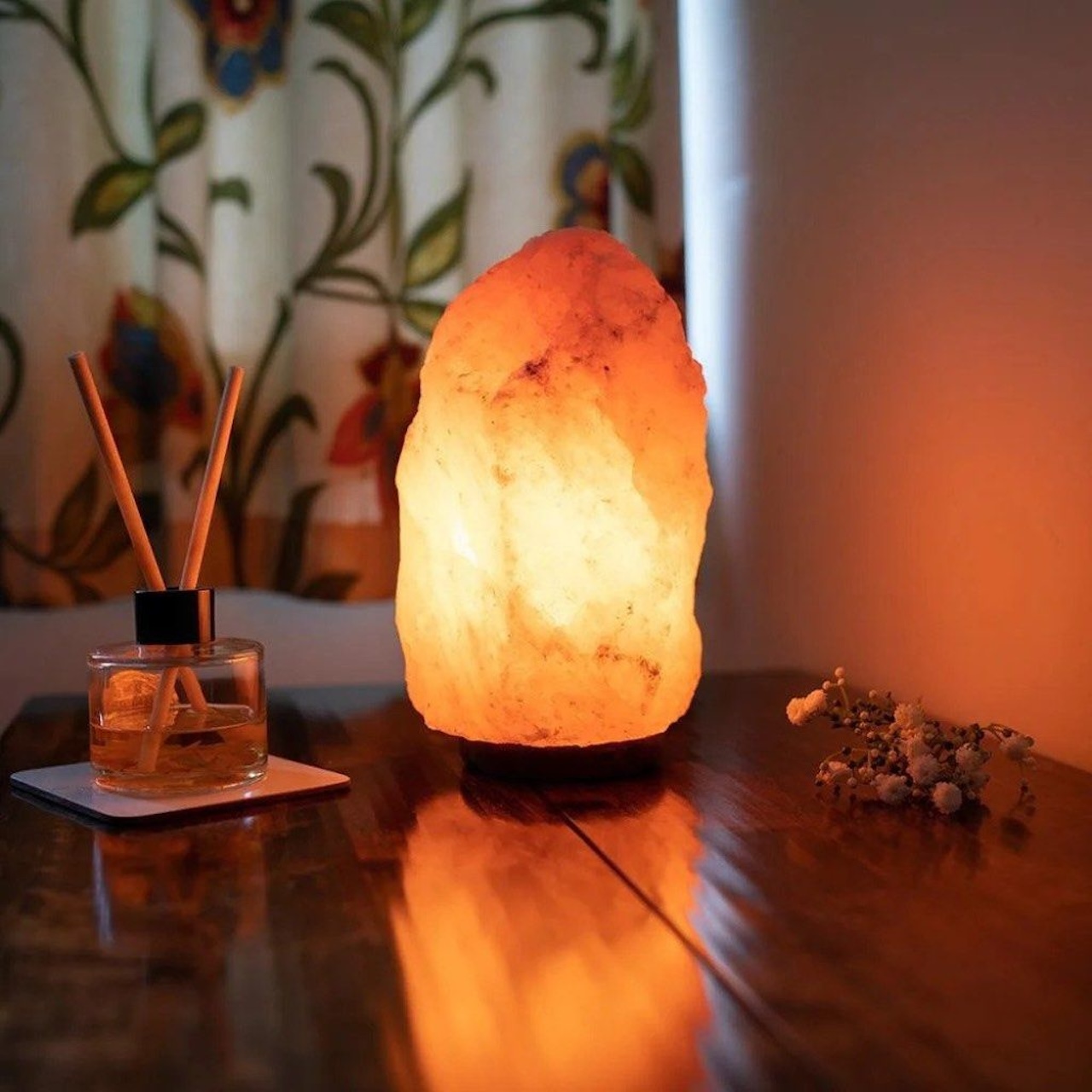
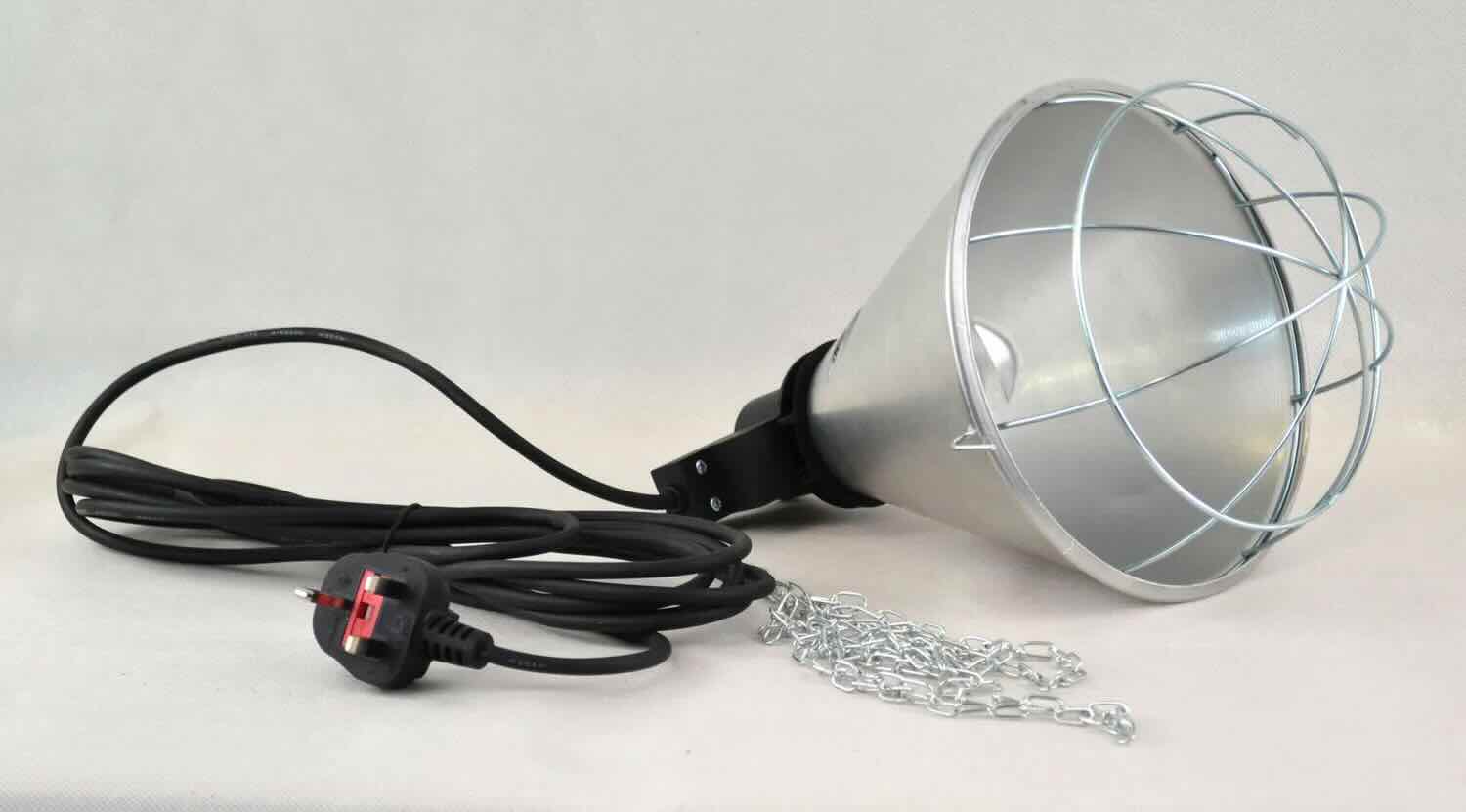


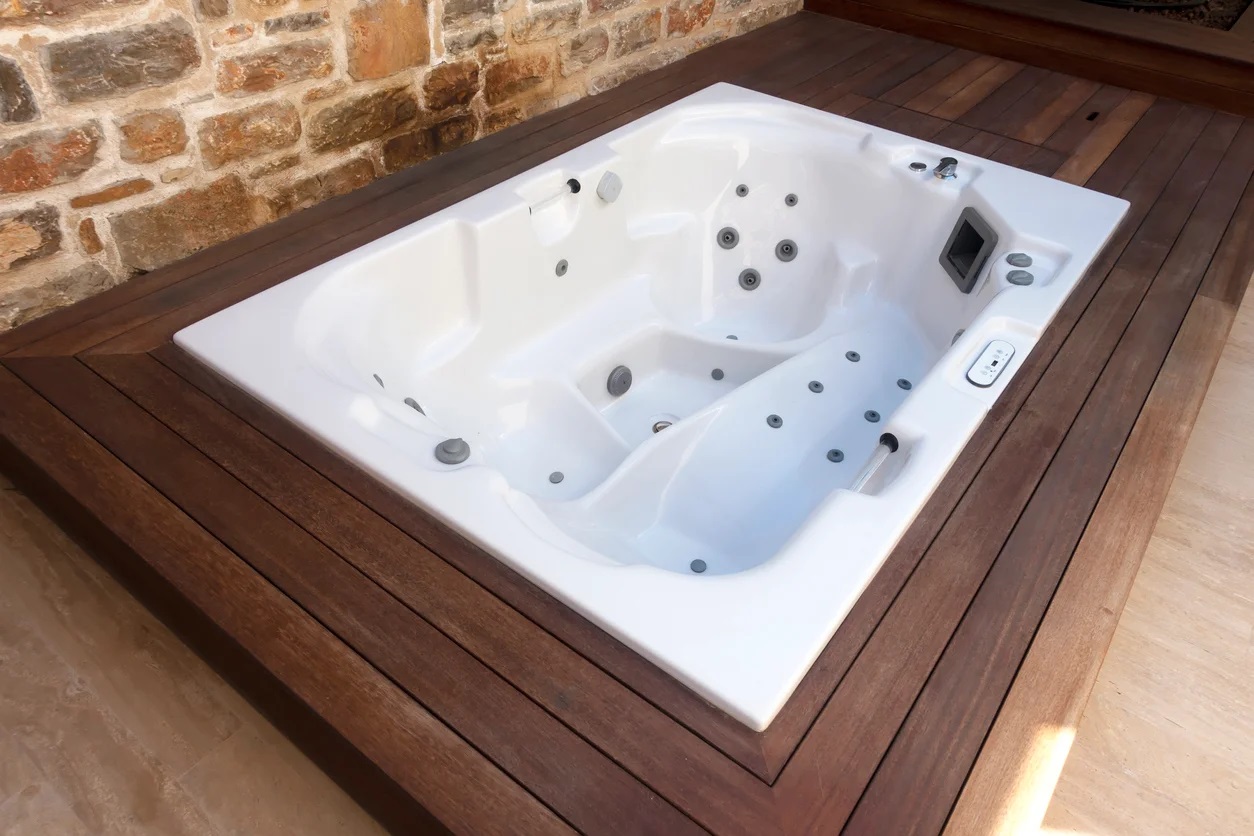

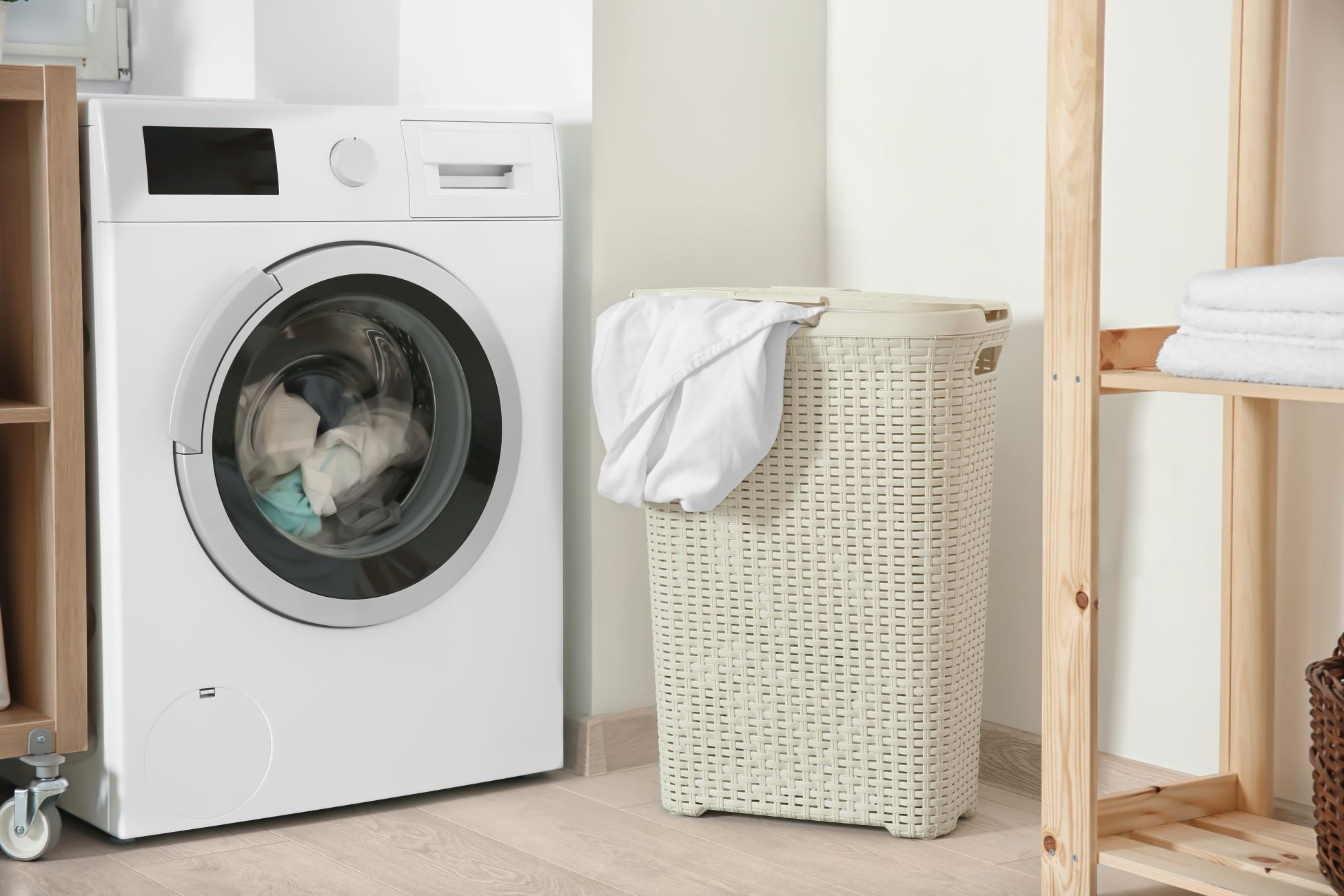
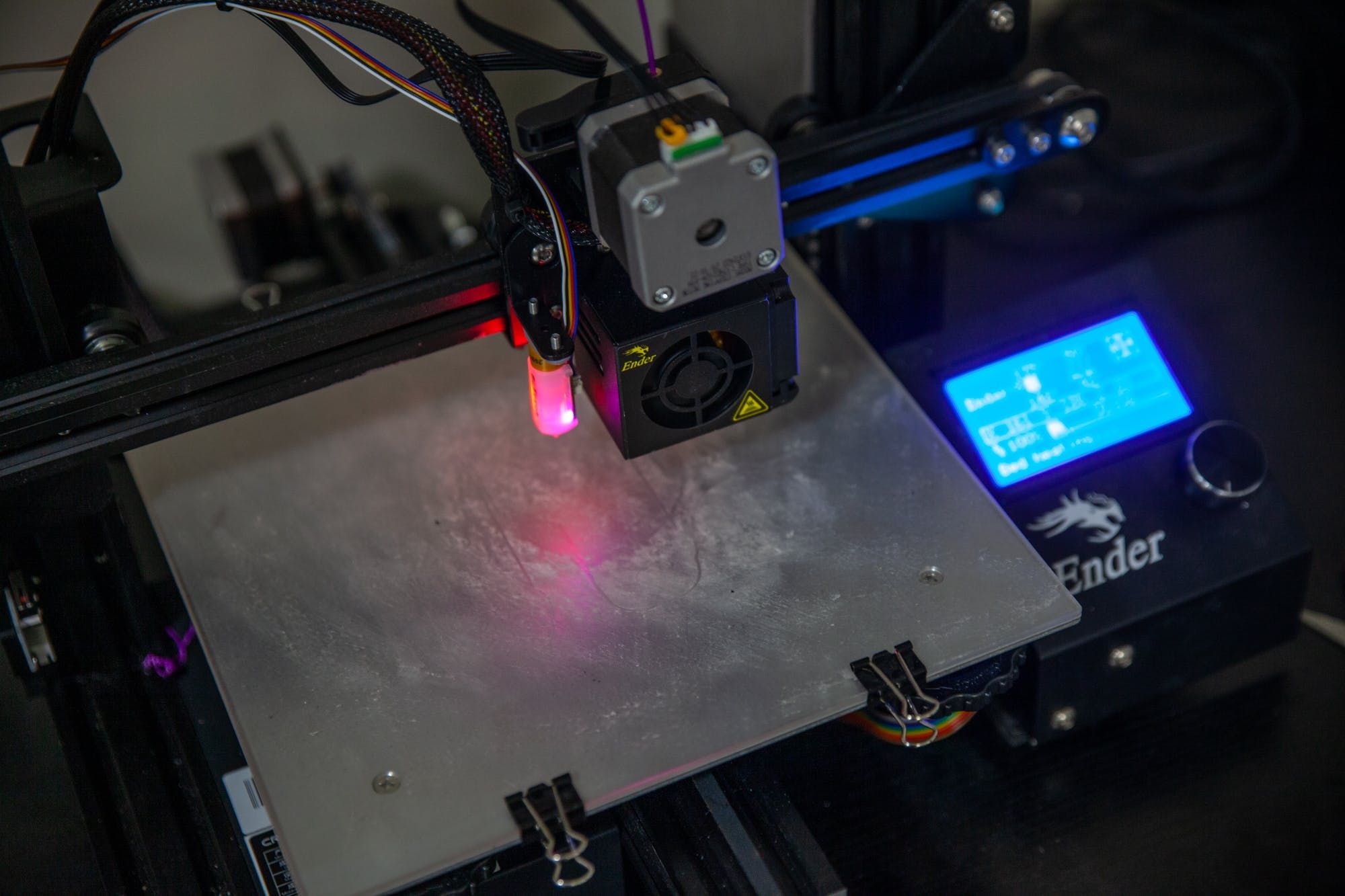


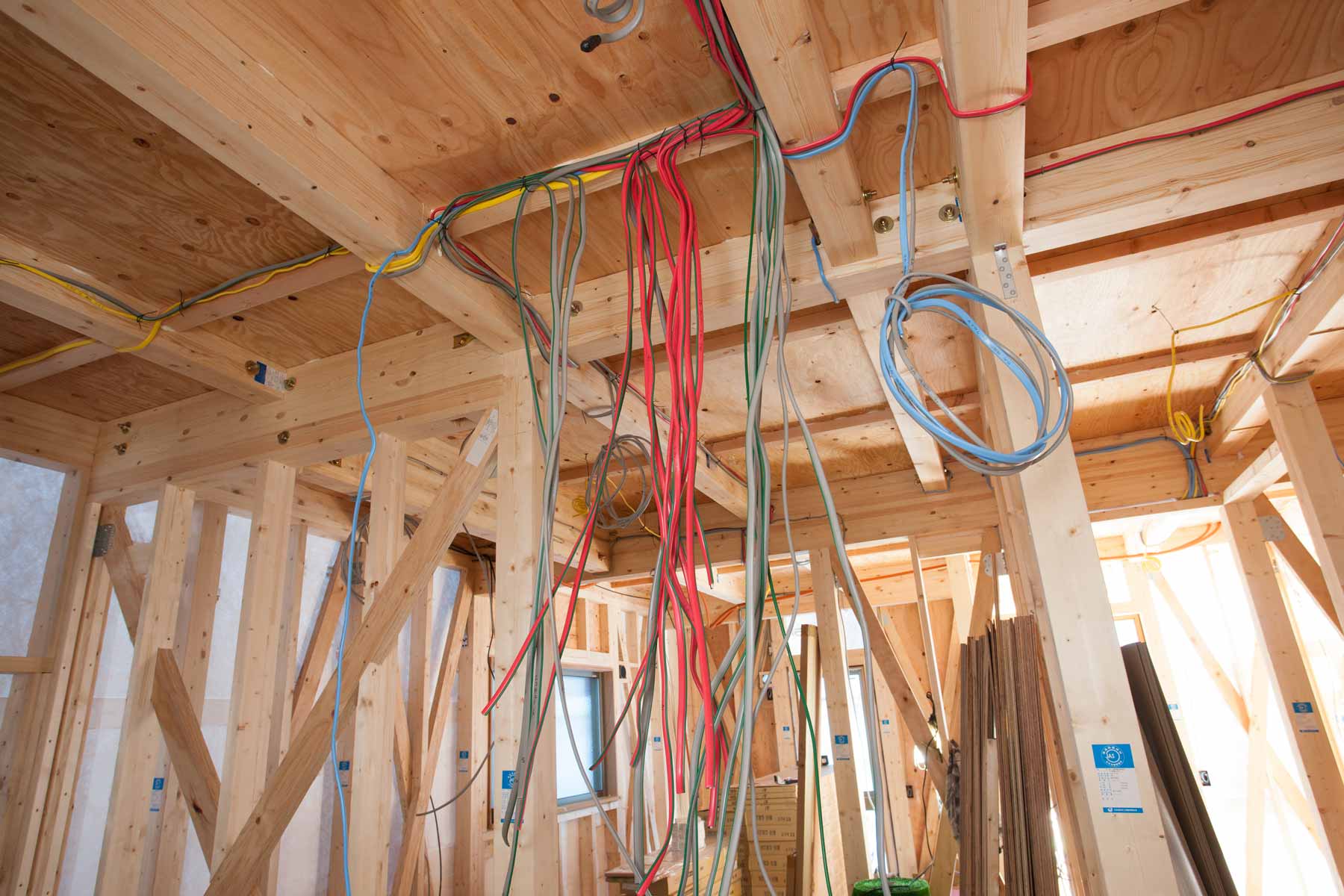
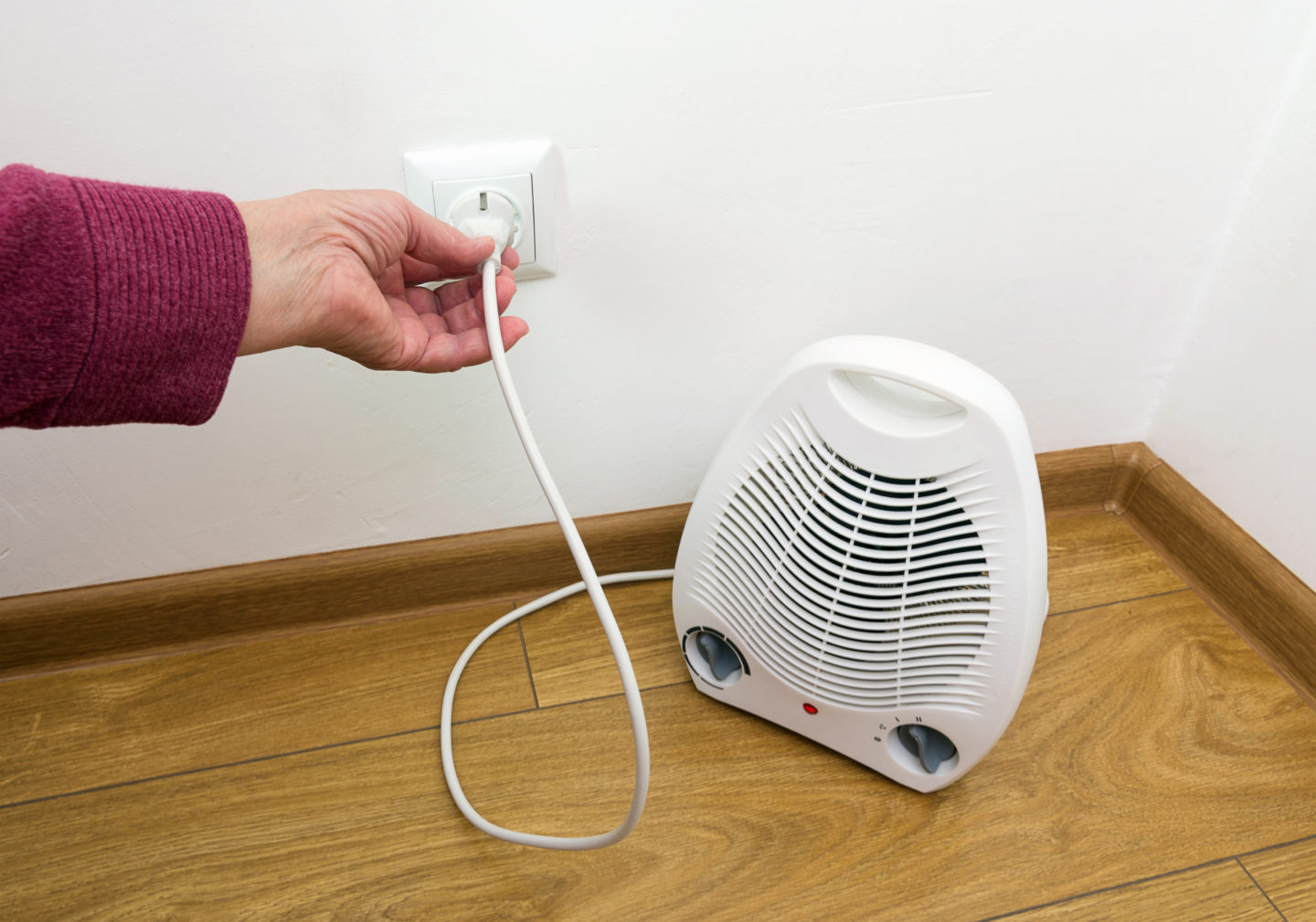
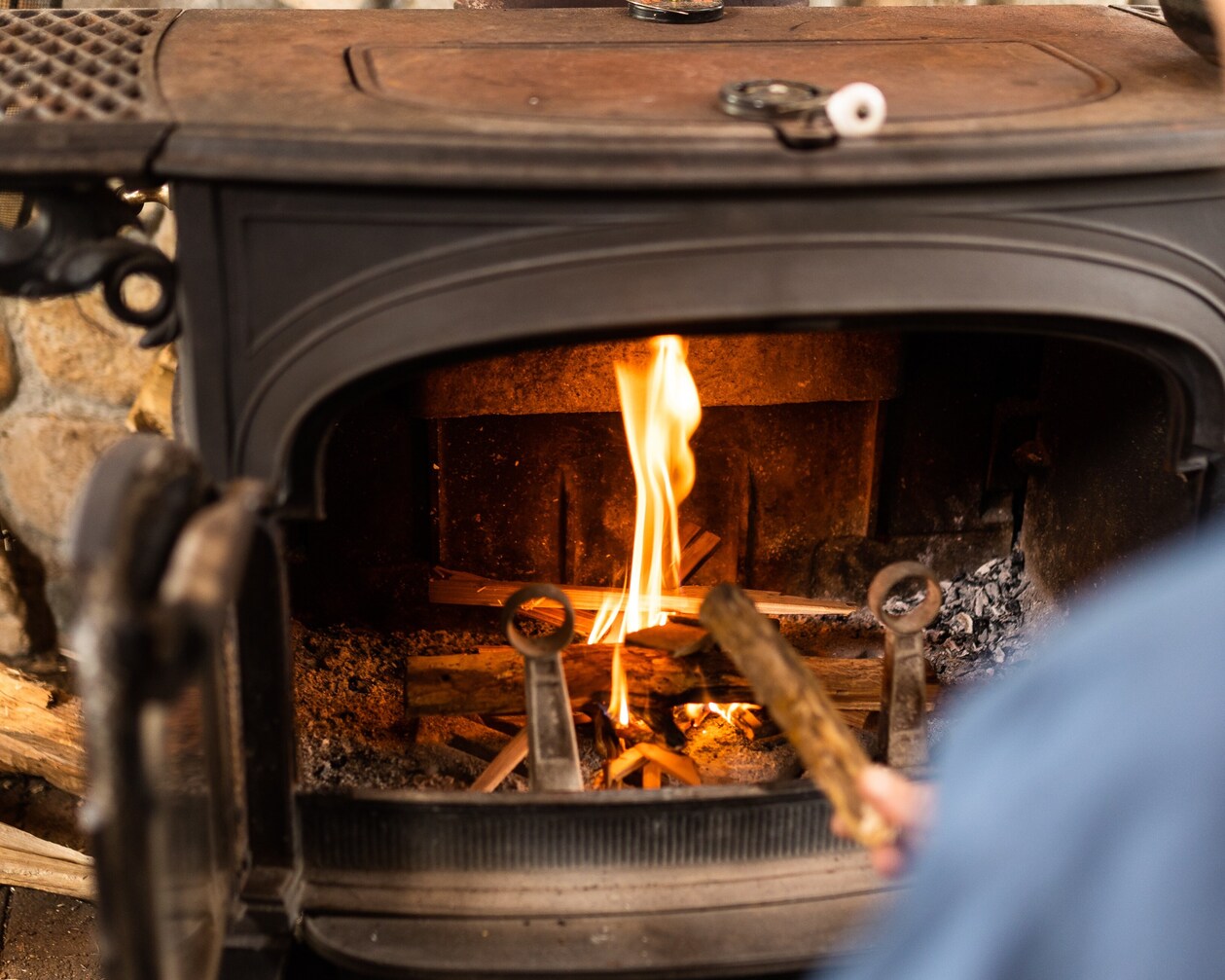

0 thoughts on “How Long Can You Leave An Electric Fireplace On”